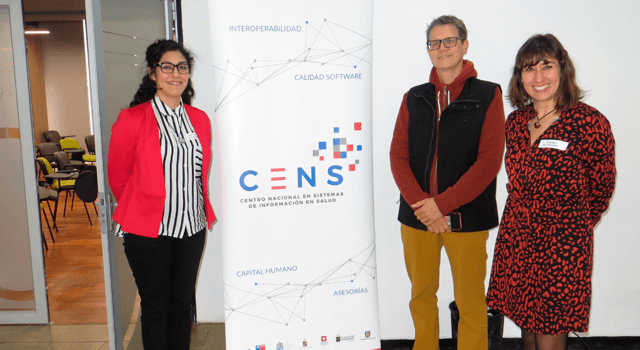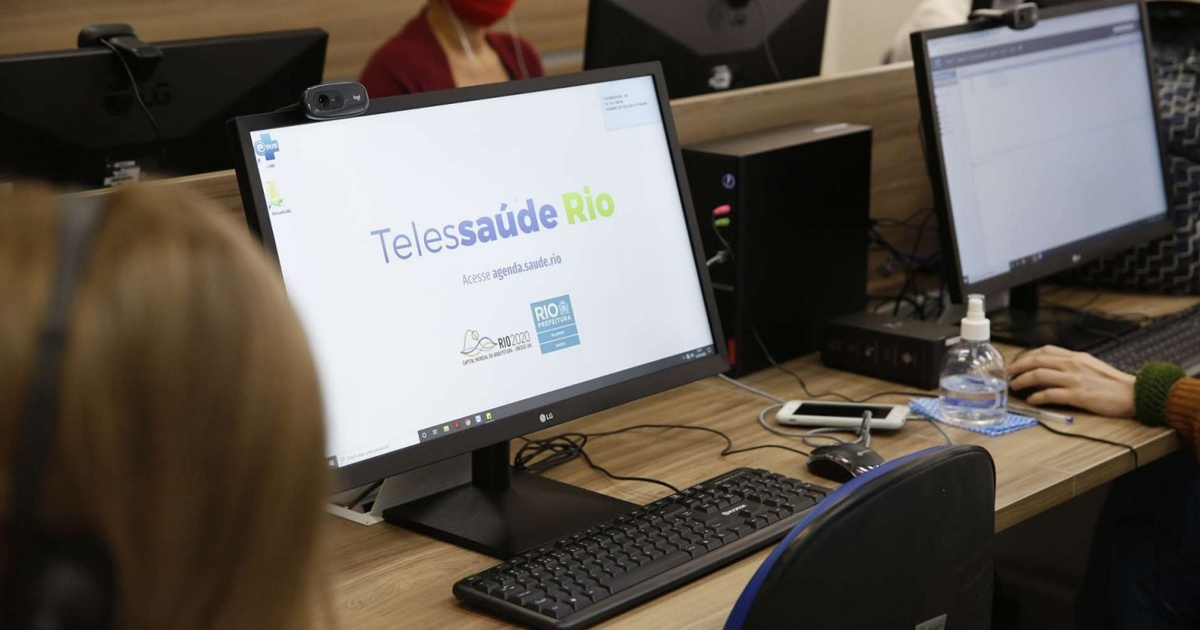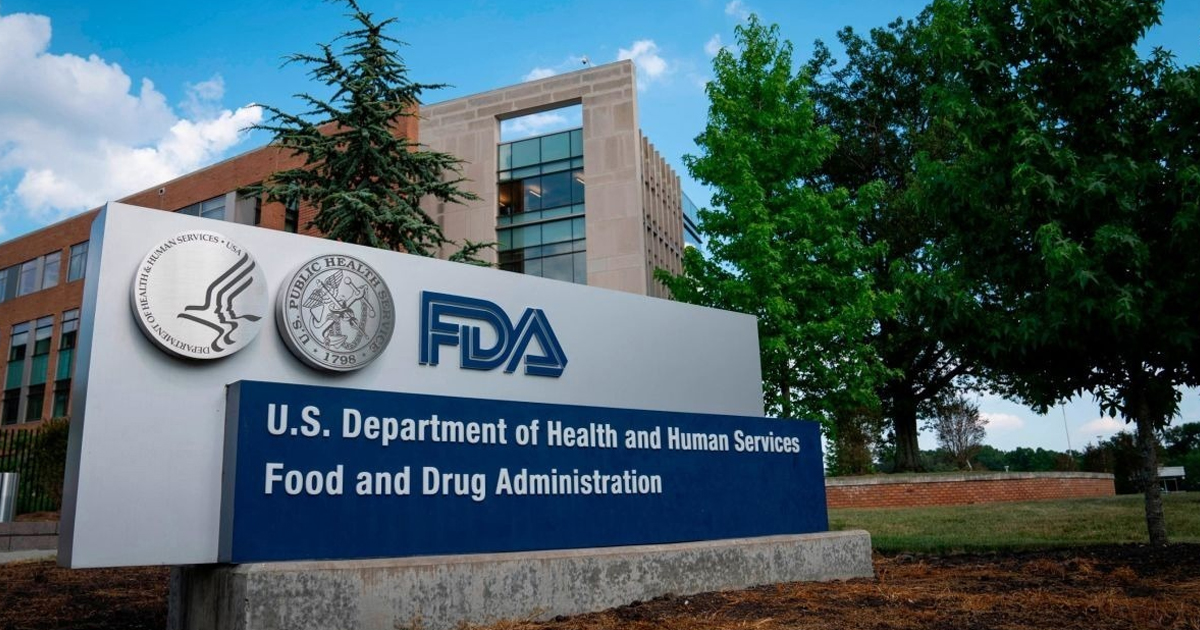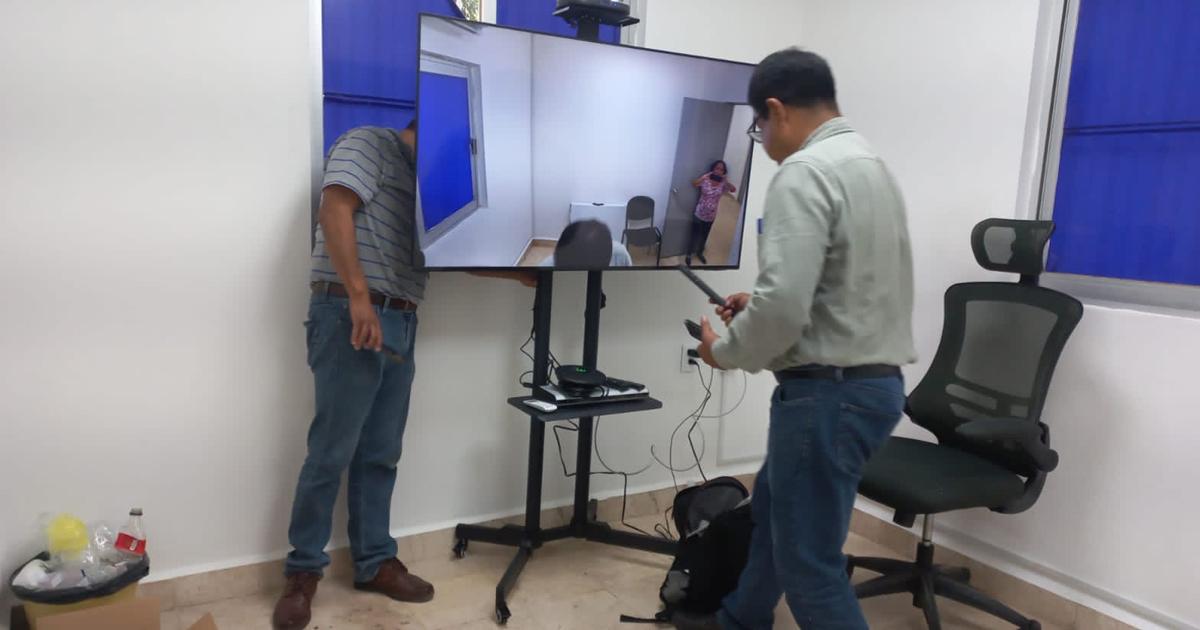Algoritmo of Artificial Intelligence desarrollado por investigadores de la Universidad Venderbilt en Tennessee, Estados Unidos busca calcular el riesgo de intento de suicidio en pacientes
The algorithm of AI basado en machine learning busca predecir los intentos de suicidio, fue sometido a pruebas y ensayos durante 11 meses consecutivos por los investigadores del Centro Médico de la Universidad de Venderbilt (VUMC). El algorithm lleva el nombre de Modelo de Probabilidad de Intento e Ideación Suicida de Vanderbilt (VSAIL), y utiliza información de registros clínicos electrónicos para calcular el riesgo de intento de suicidio.

El científico Colin Walsh, del VUMC y su equipo de trabajo, realizaron evaluaciones del rendimiento del algorithm, buscando que en un futuro su aplicación clínica sea posible. Para dicha evaluación los pacientes fueron divididos en ocho grupos según las puntuaciones de riesgo obtenidas por el algorithm. Una de cada 23 personas del grupo de alto riesgo informó sobre pensamientos suicidas y una persona de las 271 había intentado suicidarse.
Los resultados de la aplicación de este modelo basado en información de expedientes clínicos fueron publicados en la revista JAMA Network. El articulo tuvo como objetivo: “evaluar el desempeño de un modelo de predicción de riesgo de intento de suicidio implementado en una historia clínica electrónica proporcionada por el proveedor para predecir (1) la ideación suicida y (2) el intento de suicidio subsiguientes”.
“Este estudio de cohorte observacional evaluó la implementación de un modelo de predicción de intentos de suicidio en sistemas clínicos en vivo sin alertas”, explican los autores en el artículo. Además, los pacientes involucrados eran pacientes adultos hospitalizados ya fuera por emergencia, cirugía ambulatoria u otra razón.
Los principales arrojaron la siguiente información: “El sistema generó 115,905 predicciones para 77,973 pacientes (42 490 [54%] hombres, 35 404 [45%] mujeres. Los números necesarios para la detección en los cuantiles de mayor riesgo fueron 23 y 271 para la ideación y el intento de suicidio, respectivamente”.
En sus conclusiones los autores explicaron que el estudio y el modelo predictivo mostró números y resultado necesarios para la detección de riesgos de suicidio en entornos no psiquiátricos. El siguiente paso es un emparejamiento cuidadoso con estrategias preventivas de bajo costo y poco daño en un ensayo pragmático de efectividad en la prevención del suicidio futuro”, explicaron sobre la relevancia de estudio.
Para leer el artículo completo haz clic en el siguiente enlace: https://jamanetwork.com/journals/jamanetworkopen/fullarticle/2777425







